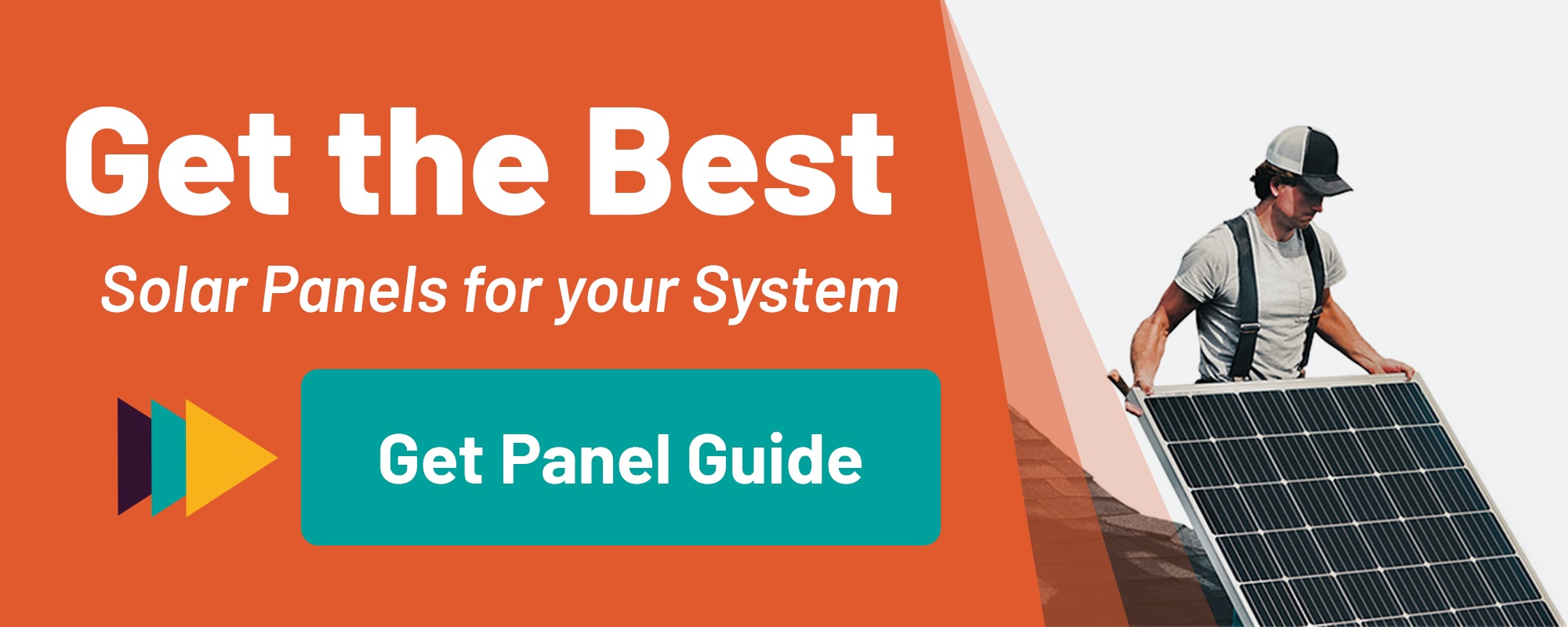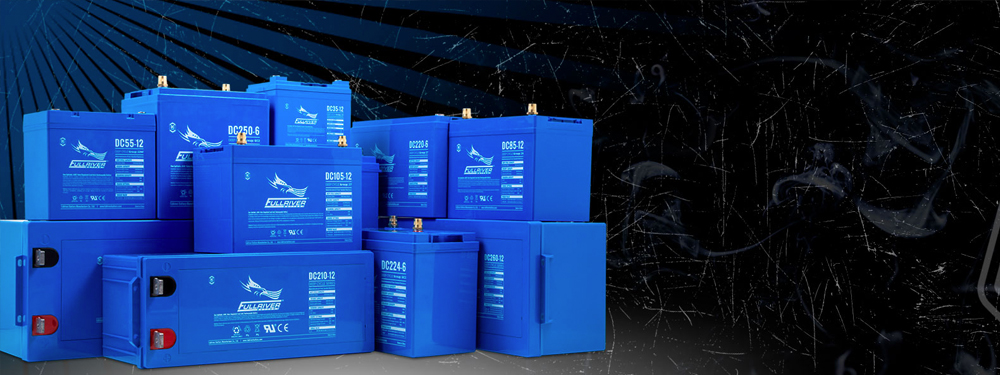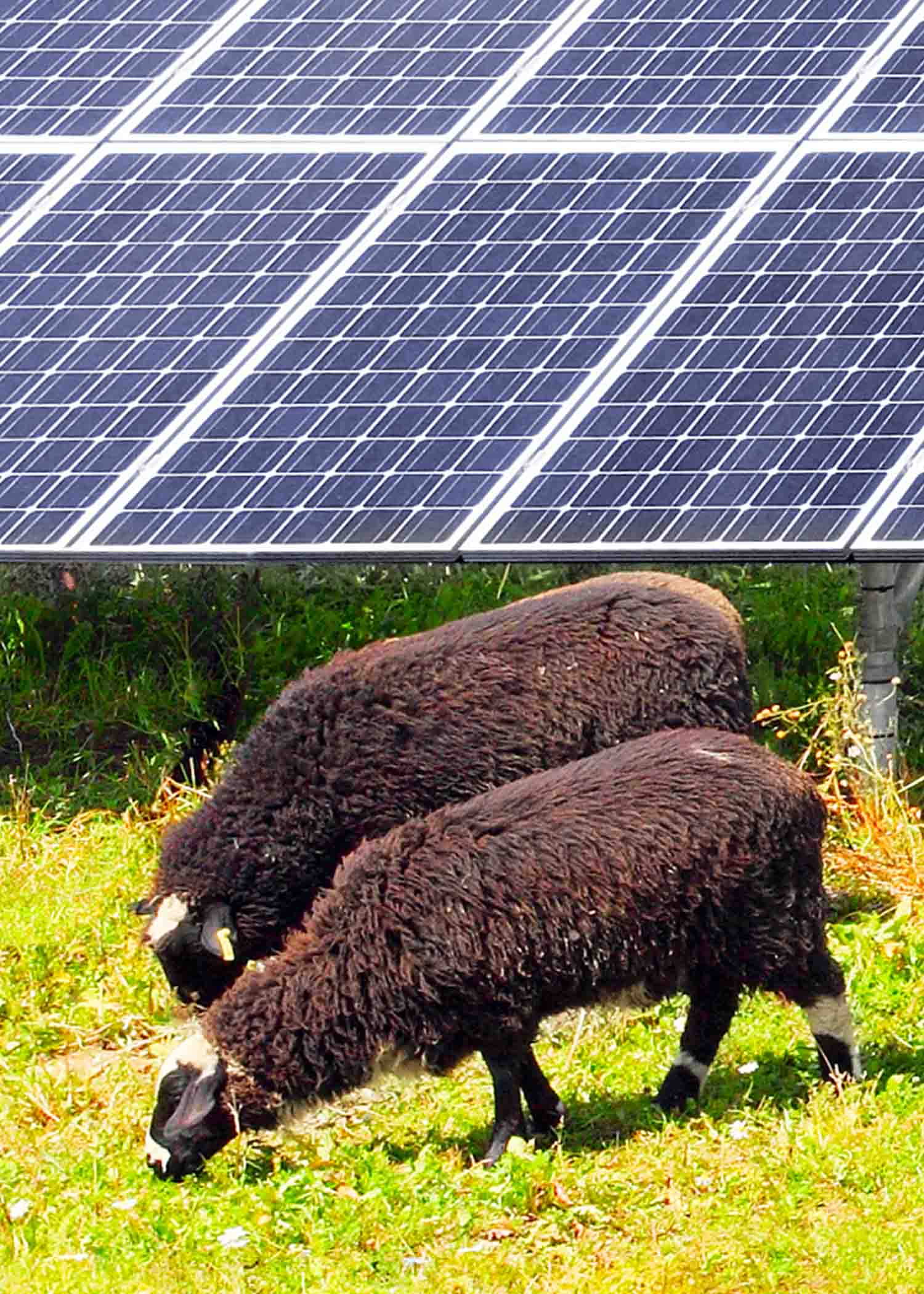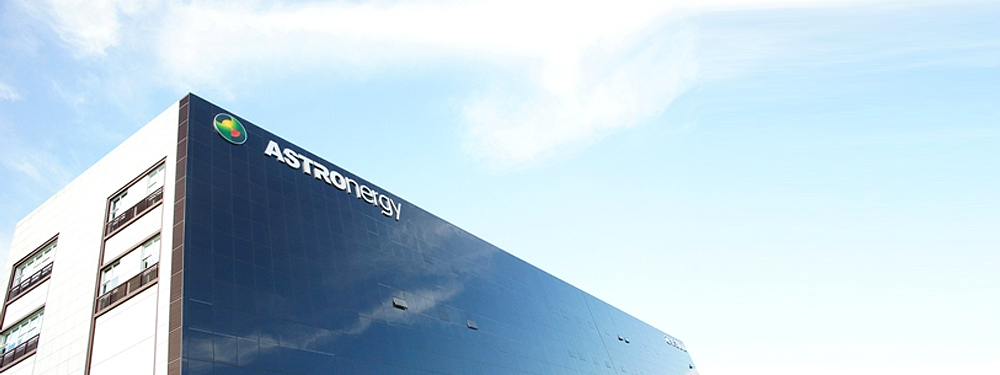Standard Solar Panel Sizes
Traditional solar panels come in two common configurations: 60-cell and 72-cell. The standard dimensions for each option are:
- 60-cell panels: 39″ x 66″ (3.25 feet x 5.5 feet)
- 72-cell panels: 39″ x 77″ (3.25 feet x 6.42 feet)
One of the first questions people ask when they go solar is: “where am I going to build my system?” Solar arrays take up quite a bit of space, and not every property has room for them.
This quick guide will cover standard solar panel sizes and explain how to figure out how many panels you need in your system. From there, you can work out the total array size to see how much space the system will take up on your property.
Standard Solar Panel Dimensions
Standard solar panels come in two common configurations: 60-cell and 72-cell.
An individual solar cell is a 6” x 6” square. 60-cell panels are laid out in a 6×10 grid. 72-cell panels are laid out in a 6×12 grid, making them about a foot taller.
- 60-cell panels: 39″ x 66″ (3.25 feet x 5.5 feet)
- 72-cell panels: 39″ x 77″ (3.25 feet x 6.42 feet)
These are the standard solar panel sizes for most residential and commercial installations, give or take an inch on either side. (There’s going to be a bit of variation because manufacturers use different frame sizes.)

There are other panel size configurations on the market, but they are much less common..
However, the standard 60-cell and 72-cell panel sizes are by far the most common in the industry.
Solar Panel Size Chart
| Configuration | Width | Height | Depth |
|---|---|---|---|
| 60-cell | 39″ | 66″ | 1.3 – 1.6″ |
| 72-cell | 36″ | 77″ | 1.3 – 1.6″ |
| 96-cell | 41.5″ | 62.6″ | 1.38″ |
How Big Is the Average Solar Array?
The average American uses 867 kWh of electricity each month. It would take a 6.5 kW solar array to offset 100% of that usage.
The 60-cell solar panels we currently stock range from 285W to 315W, and our stock of 72-cell panels ranges from 335W to 375W. We can figure out approximately how many panels it would take to build a 6.5 kW (6500-watt) system:
- 6500W / 285W = 22.8 (23 panels)
- 6500W / 315W = 20.6 (21 panels)
- 6500W / 340W = 19.1 (20 panels)
- 6500W / 375W = 17.3 (18 panels)
An average-sized solar system will contain 18-23 panels depending on the efficiency of the panels you use.
Here’s how that translates to physical system size. Let’s compare the least efficient panels (285W / 60-cell) to the most efficient (375W / 72 cell) to get a sense for how much space the array might take up:
375W 72-cell panels (9×2 array)
29.25 ft. x 12.83 ft. = 375.38 sq. ft.
285W 60-cell panels (8×3 array)
26 ft. x 16.5 ft. = 429 sq. ft.

In total, an average-sized solar system will take up 375 – 429 square feet. That system can be mounted on your roof, or on a ground mount somewhere on your property. The exact size will depend on panel wattage and the layout of the array.
How Big Are Portable / RV Solar Panels?
The other use case to look at is small panels for mobile / remote use. These are the panels used for RVs, boats, and remote applications like solar-powered streetlights.
Unlike traditional 60 and 72-cell panels, which are standardized across the industry, smaller panels come in a wide range of sizes. Tiny 5-watt panels take up less than 1 square foot of space, while our Solarland SLP190 (a popular choice for remote off-grid applications) approaches a full-size panel at 32” x 62”.

Picking the right panels for your boat or RV comes down to making the most out of the limited space available to you. Though full-sized panels can certainly work on the road, you often won’t have the space to mount them, so most people with RVs or boats need a smaller option. Typically these panels come in standard 12-volt or 24-volt output.
If you’re looking for panels for your RV or boat, we’ve covered several good options in our article highlighting the best portable solar panels for remote/mobile use.
How Much Do Solar Panels Weigh?
In addition to physical size, people often ask us how much solar panels weigh. Panels can be quite heavy and it can be a challenge to lift them on to your roof, especially if you are working alone.
As a rule of thumb, we tell people that full-sized panels weigh between 40-60 pounds. It varies a bit based on the products used by the manufacturer. Here’s a chart that shows the weight for some of the panels we have available:
| Product | Cell Count | Weight |
|---|---|---|
| Astronergy 365W | 72 | 48.06 lbs |
| Canadian Solar 325W | 60 | 42.3 lbs |
| Mission Solar 385W | 72 | 52 lbs |
| Solarland SLP120 | 36 | 23 lbs |
The real challenge with lifting panels is not so much their weight, but the fact that their physical size makes them awkward to carry.
One person can manage a 60-cell panel, but it’s generally safer to enlist two people to carry 72-cell panels because they are over 6 feet tall. They can easily sway and cause you to lose balance, especially in windy conditions, so we advise everyone to err on the side of caution.
If you need help lifting panels on to your roof, you can also build scaffolding and/or use a mechanical lift to support the weight of the panels.
Still Stuck? Get Custom Design Help
Still have questions about system design? Call us up at 1-800-472-1142 or fill out this form to request a free consultation. We’ll walk you through system sizing, layout, and other considerations to help you navigate the design process.
If you’d rather do the research on your own time, grab a free copy of our Solar Panel Buyer’s Guide, which tells you everything you need to know about picking the right solar panels for your project.




